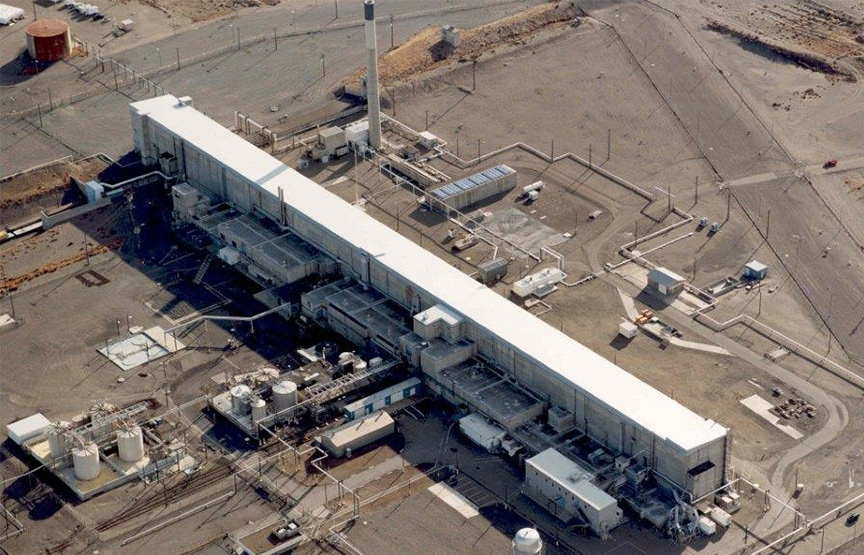Historic Facility Risk Mitigation
Freestone provides documentation support for mitigating risks to human health and the environment from Hanford's historic Canyon Complexes.
Between 1943 and 1987, the Hanford Site produced plutonium to meet the demands of WWII and the Cold War. Plutonium was chemically separated from reactor fuel rods within large facilities known as Canyons. These facilities, located in the center of the Hanford Site, produced significant volumes of waste that were transferred to underground storage tanks across the Central Plateau. The separated plutonium was sent to a central finishing plant, where the material was refined and packaged before being shipped offsite for use in nuclear weapons. During operations, many of the canyon facilities became chemically and radiologically contaminated; a challenge that has persisted to present day.
Comprehensive site closure planning and documentation are critical for the long-term protection of human health and the environment. Understanding the nature of the risks posed by Hanford's legacy of nuclear material production and the waste streams generated by decades of service are integral to providing realistic alternatives for effective cleanup.
In preparation for the closure of the Canyon complexes in the 200 East and 200 West Areas of the Hanford Site, Freestone has been tasked with preparing regulatory documentation including the characterization of hazards and mitigation activities needed to protect human health and the environment. Specifically, we have supported the closure planning processes for the REDOX, PUREX, and B Plant facilities, as well as a variety of supporting structures found across the Central Plateau of the Hanford Site. Our ongoing support roles includes the preparation of CERCLA removal action documents in support of future demolition and cleanup activities.
<< Click here to learn more about the variety of documents our staff support
